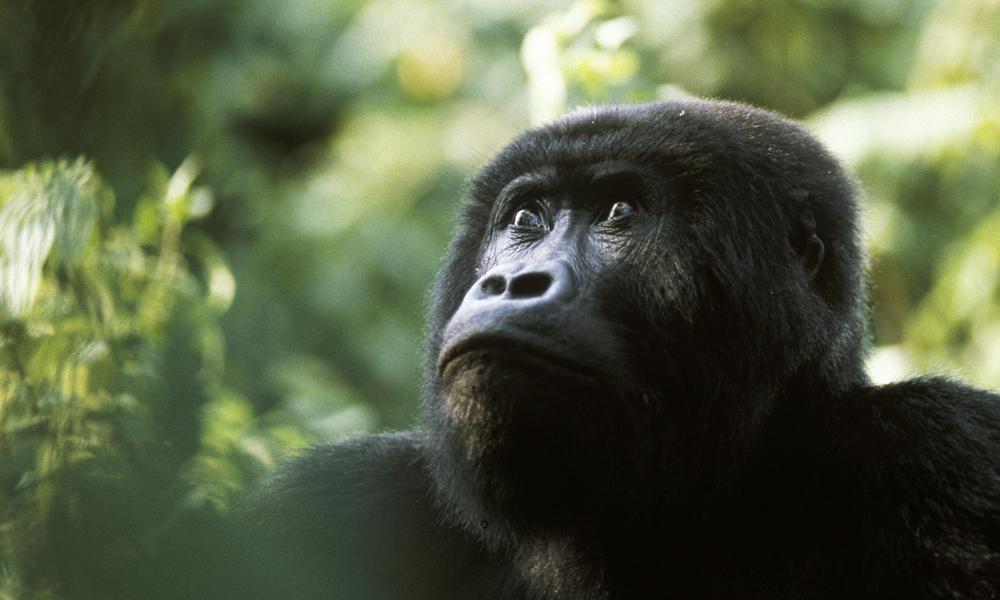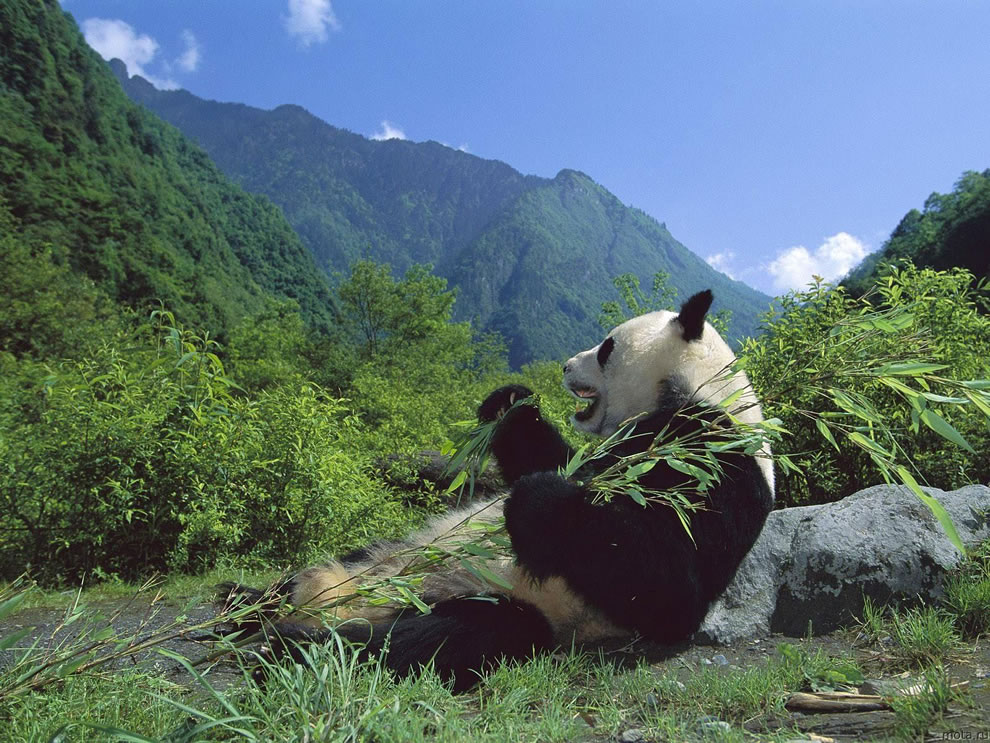BEIJING – The giant panda is no longer an endangered species, following decades of work by conservationists to save it.
Thanks to an increase in available habitat, its population rose 17% from 2004 to 2014, leading the IUCN to downgrade it from endangered to vulnerable.
Efforts by China, which claims the giant panda as its national animal, have brought its numbers back from the brink. The latest estimates show a population of 1,864 adults.
Related: Chinese scientists decode panda language
The official status of the much-loved animal has been changed from “endangered” to “vulnerable” because of a population rebound in China.

The change was announced as part of an update to the International Union for Conservation of Nature (IUCN) Red List, the BBC reports.
But the update also brought bad news. The eastern gorilla, the world’s largest primate, is now endangered. The number of eastern gorillas has declined more than 70% in the past two decades.

Recovering an endangered species
A nationwide census in 2014 found 1,864 giant pandas in the wild in China, up from 1,596 in 2004, the IUCN said in its report on the animal.
Revered in Chinese culture, the giant panda was once widespread throughout southern China.
Since the 1970s, it has been the focus of one of the most intensive, high-profile campaigns to recover an endangered species, after a census by the Chinese government found around 2,459 pandas in the world — proof of its precarious position, according to the World Wildlife Fund.
How did China save the panda?
It’s all about the bamboo. China has been trying for years to increase the population of the giant panda.

The bears, China’s national icon, were once widespread throughout southern and eastern China but, due to expanding human populations and development, are now limited to areas that still contain bamboo forests.
The success is due to Chinese efforts to recreate and repopulate bamboo forests. Bamboo makes up some 99% of their diet, without which they are likely to starve.
Pandas must eat 12kg (26 lbs) to 38kg worth of bamboo each day to maintain their energy needs.

There are now an estimated total of 2,060 pandas, of which 1,864 are adults – a number which has gotten them changed from “endangered” to “vulnerable”, on the International Union for Conservation of Nature (IUCN)’s Red List.
China has given a wonderful example of what can happen when a government is committed to conservation.”
Yet this success could be short-lived, as climate change is predicted to wipe out more than one-third of the panda’s bamboo habitat in the next 80 years.
The eastern gorilla is critically endangered
Hunting of eastern gorillas, fueled by the spread of firearms, has led to a population decline of more than 70% in the past 20 years for the world’s largest living primate, reducing its numbers to just 5,000 across the globe.

Four out of six of the Earth’s great apes are now critically endangered – the eastern gorilla, western gorilla, Bornean orangutan and Sumatran orangutan.
“Today is a sad day because the IUCN Red List shows we are wiping out some of our closest relatives,” Inger Andersen, IUCN director general, told reporters.
The IUCN Red List includes 82,954 species, both plants and animals. Almost one third, 23,928, are listed as being threatened with extinction.













